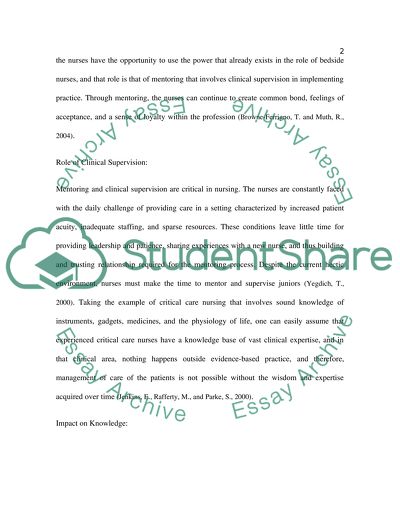Cite this document
(“Mentoring and Clinical Supervision in Nursing Practice Essay”, n.d.)
Retrieved from https://studentshare.org/miscellaneous/1508075-mentoring-and-clinical-supervision-in-nursing-practice
Retrieved from https://studentshare.org/miscellaneous/1508075-mentoring-and-clinical-supervision-in-nursing-practice
(Mentoring and Clinical Supervision in Nursing Practice Essay)
https://studentshare.org/miscellaneous/1508075-mentoring-and-clinical-supervision-in-nursing-practice.
https://studentshare.org/miscellaneous/1508075-mentoring-and-clinical-supervision-in-nursing-practice.
“Mentoring and Clinical Supervision in Nursing Practice Essay”, n.d. https://studentshare.org/miscellaneous/1508075-mentoring-and-clinical-supervision-in-nursing-practice.


